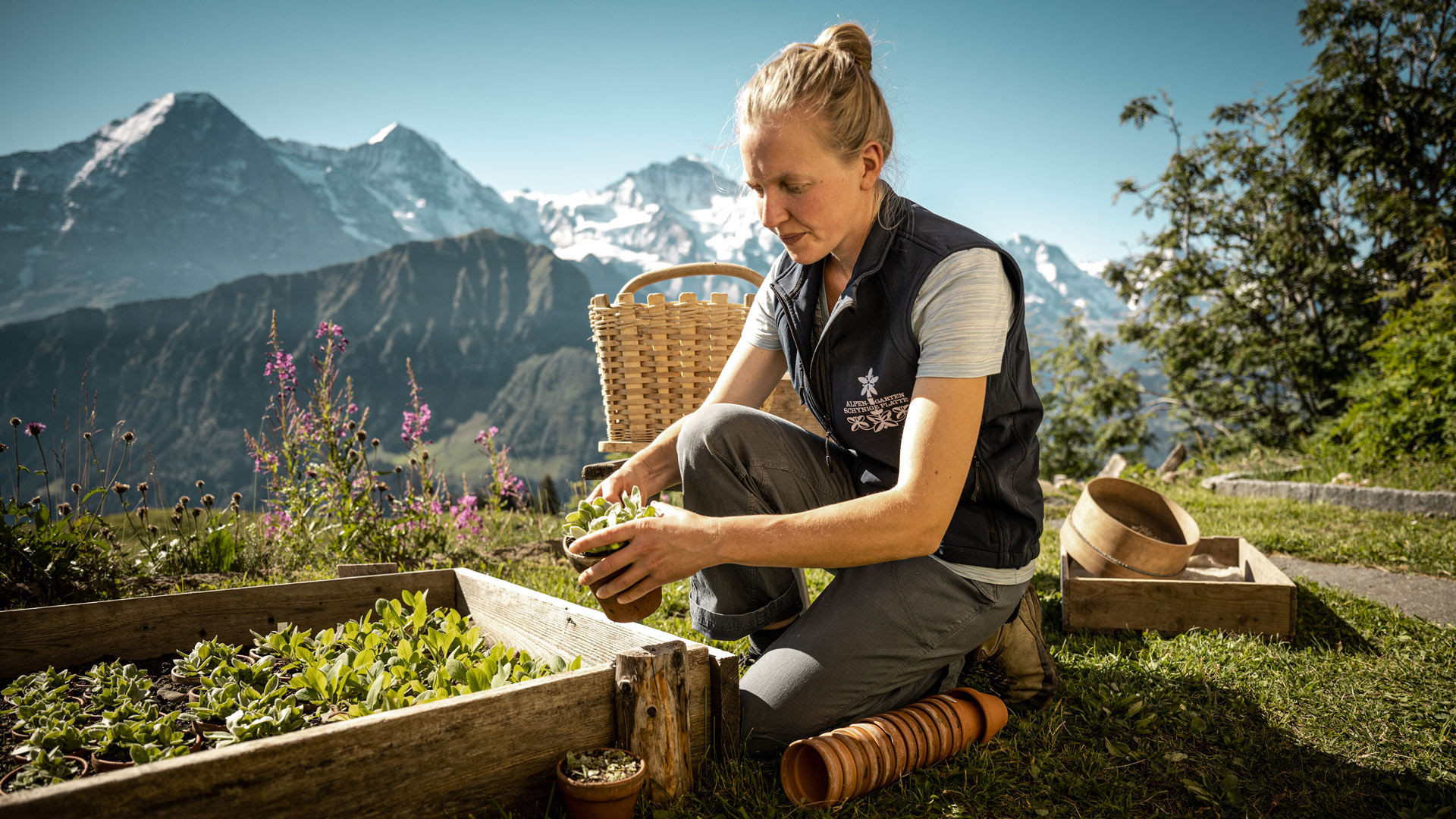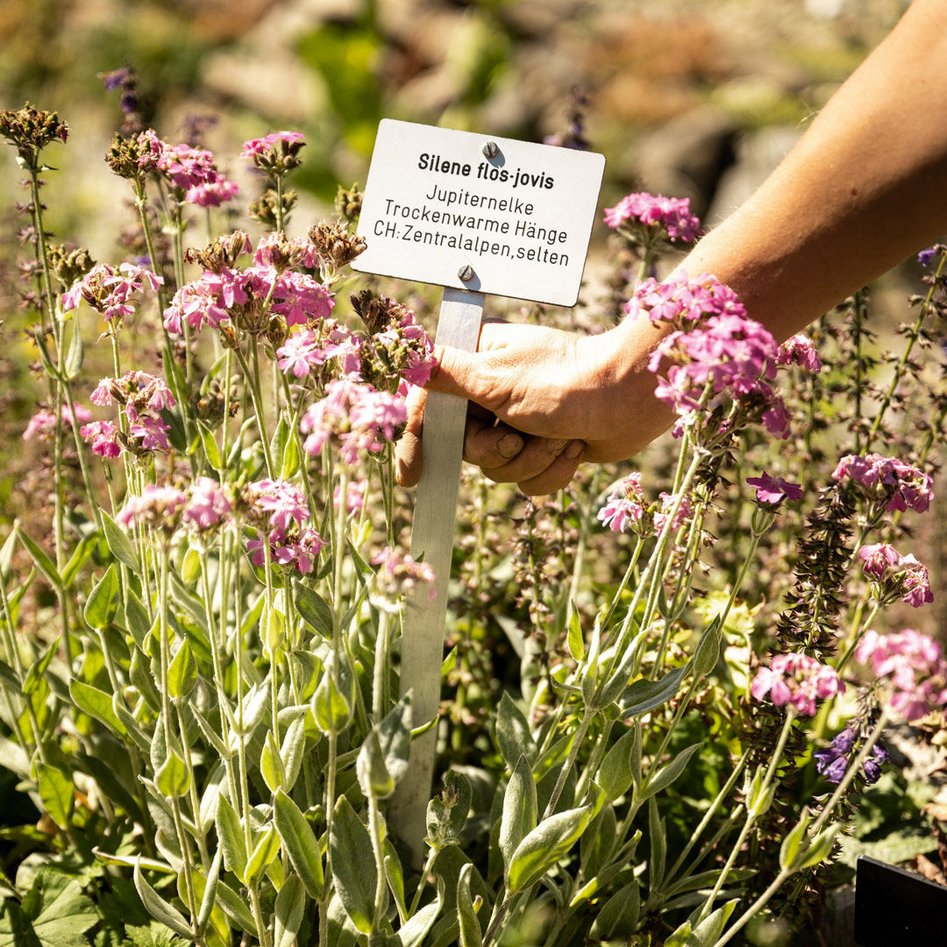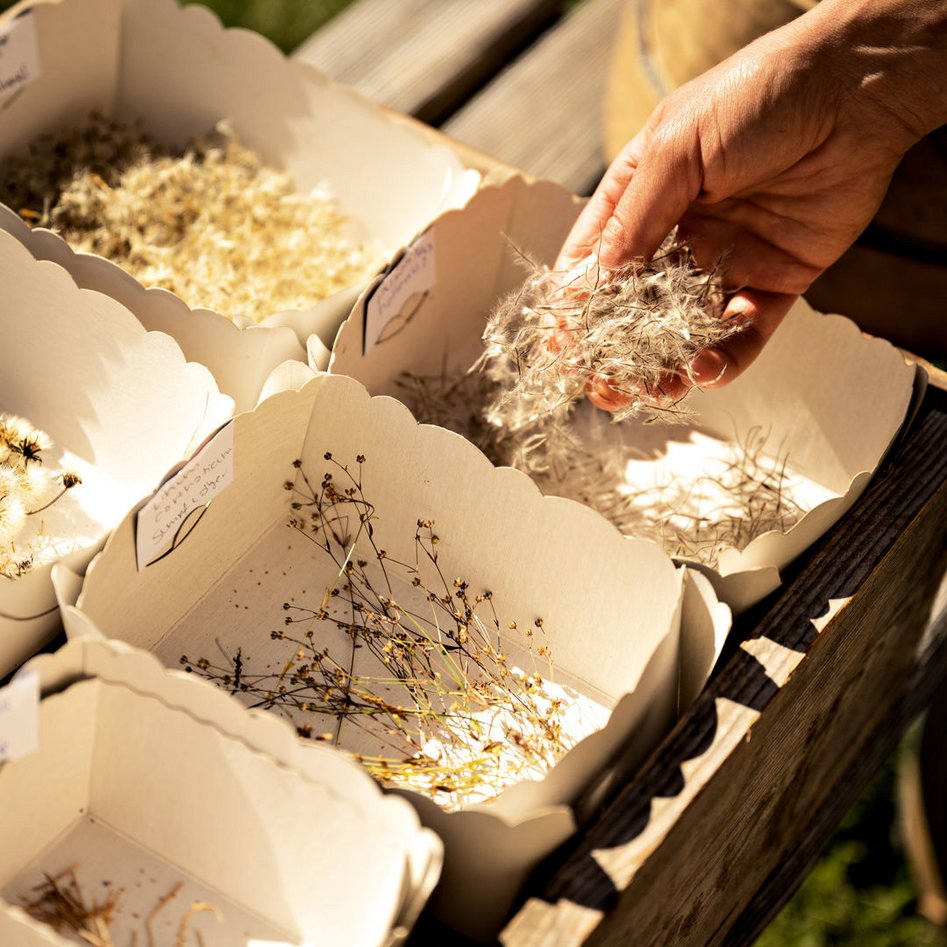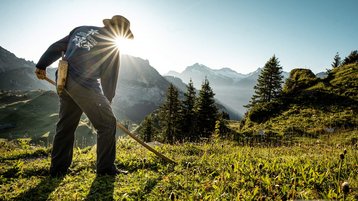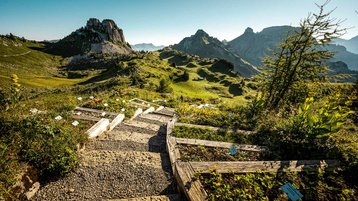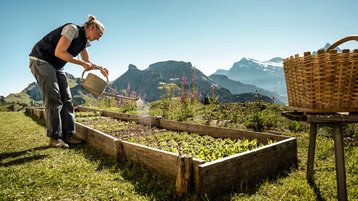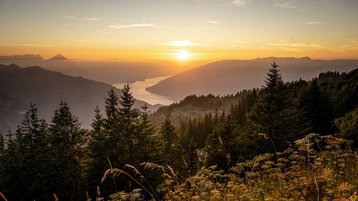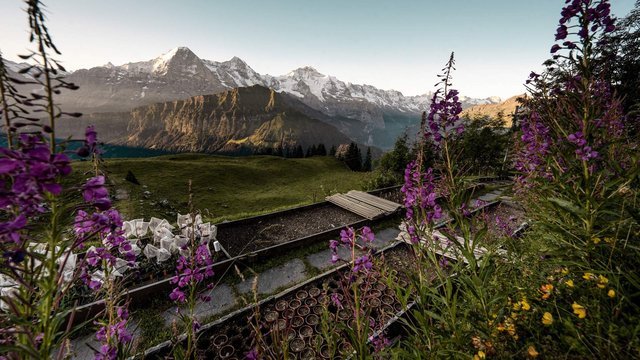
Flower power with panorama
The Schynige Platte offers inspiring panoramic views of the Eiger, Mönch and Jungfrau as well as Lake Thun and Lake Brienz. The secret star is the Botanical Alpine Garden, which contains more than 720 Swiss alpine plants just waiting to be admired. Paul Brunner and the team at the Alpine Garden care for the plants with great devotion – and are happy to answer the questions of curious visitors.
Schynige Platte, Bernese Oberland
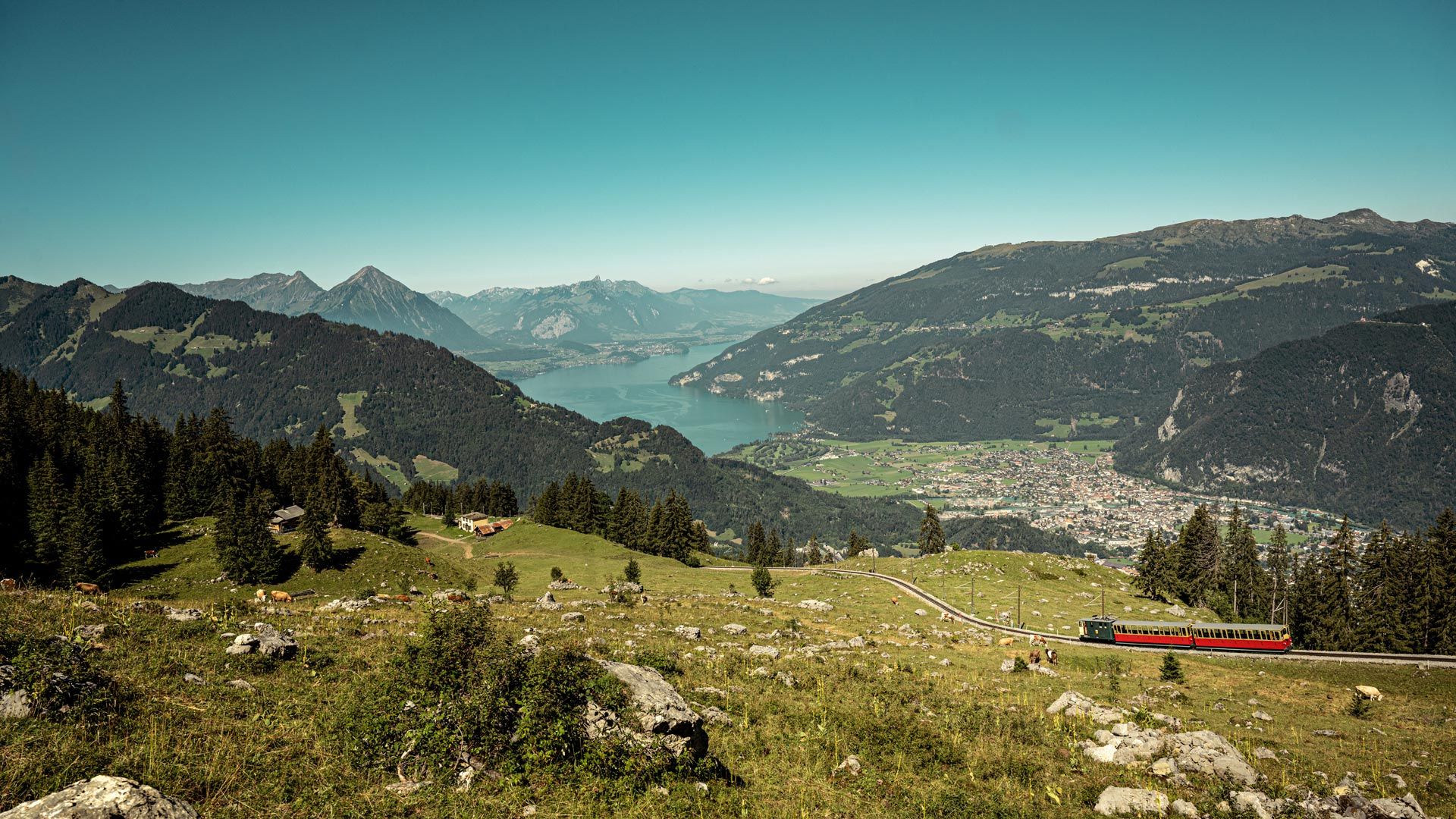
Paul Brunner is an all-rounder

Who invented it? That would be the British
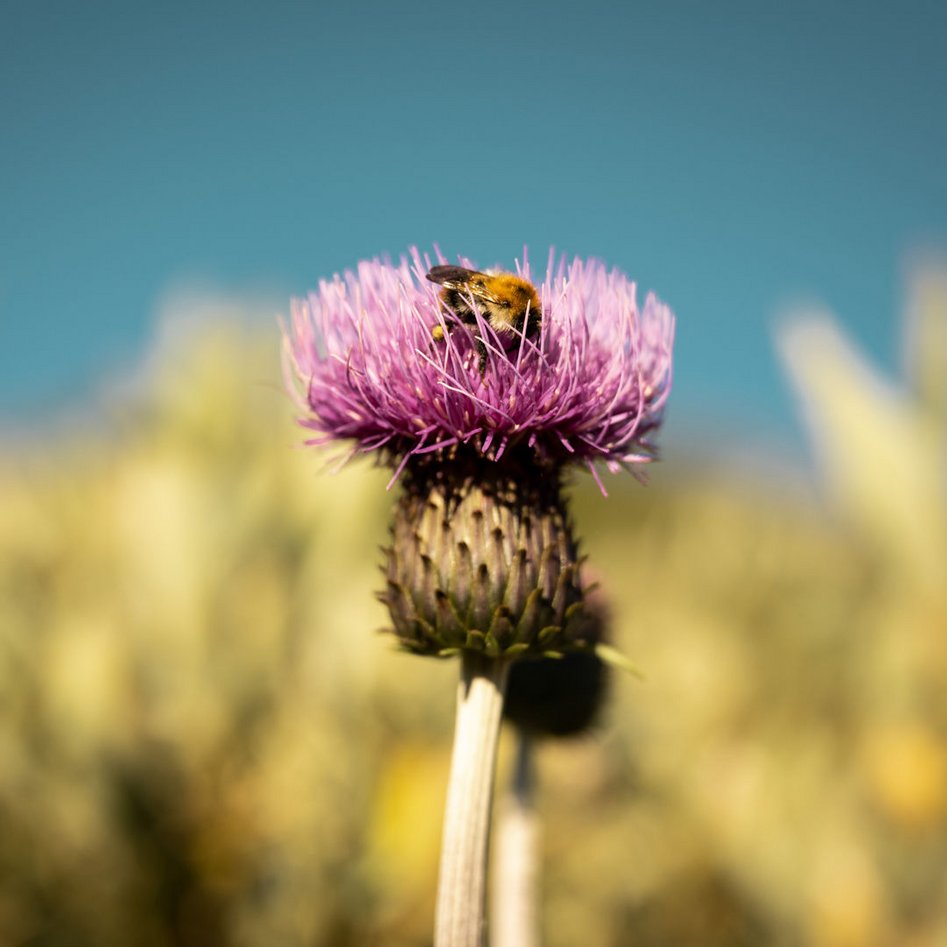
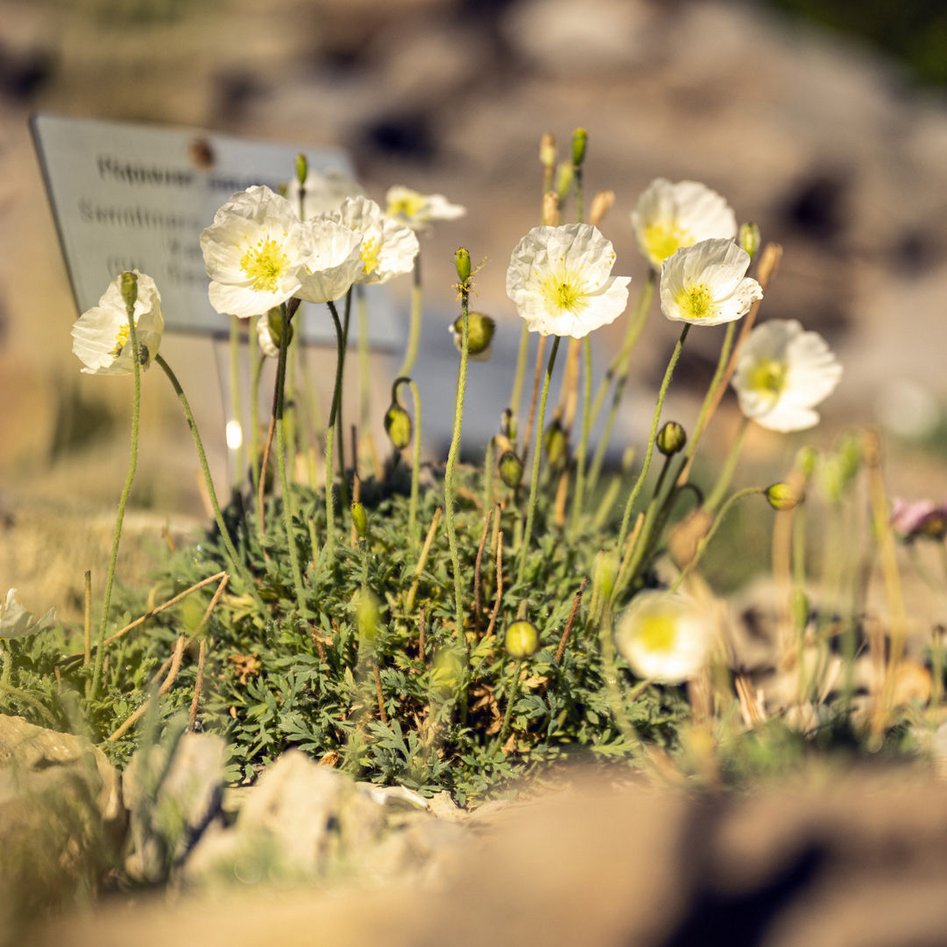
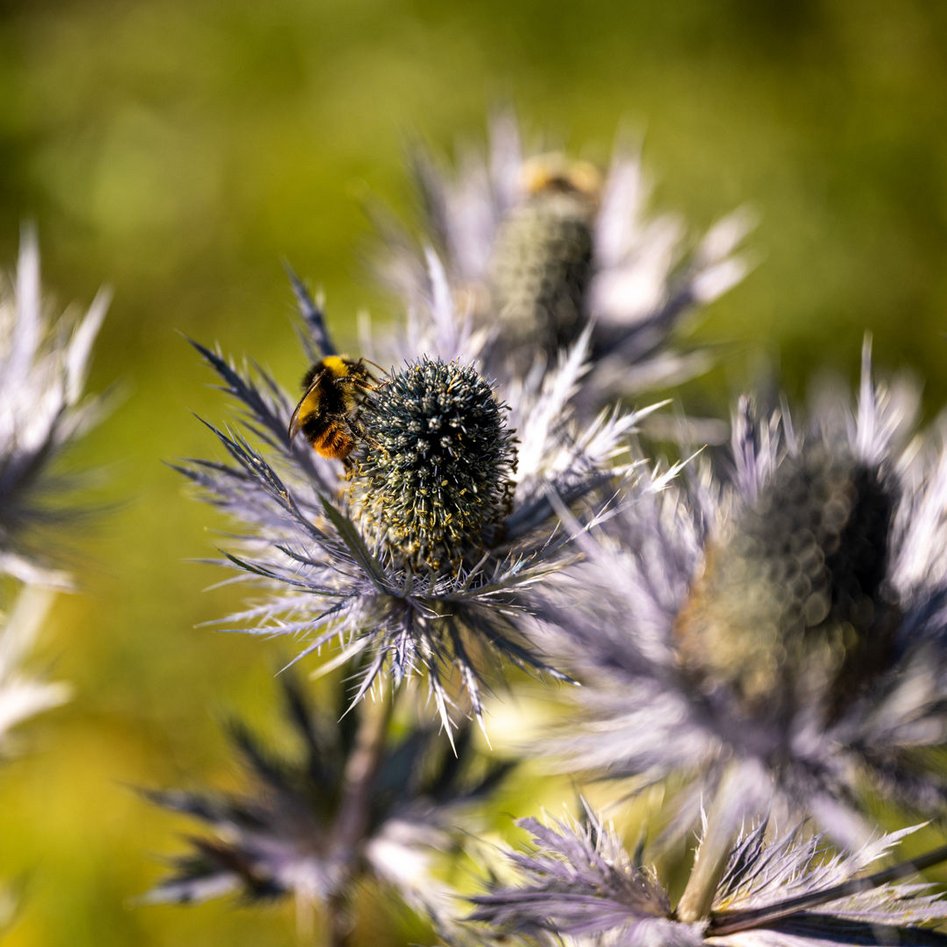
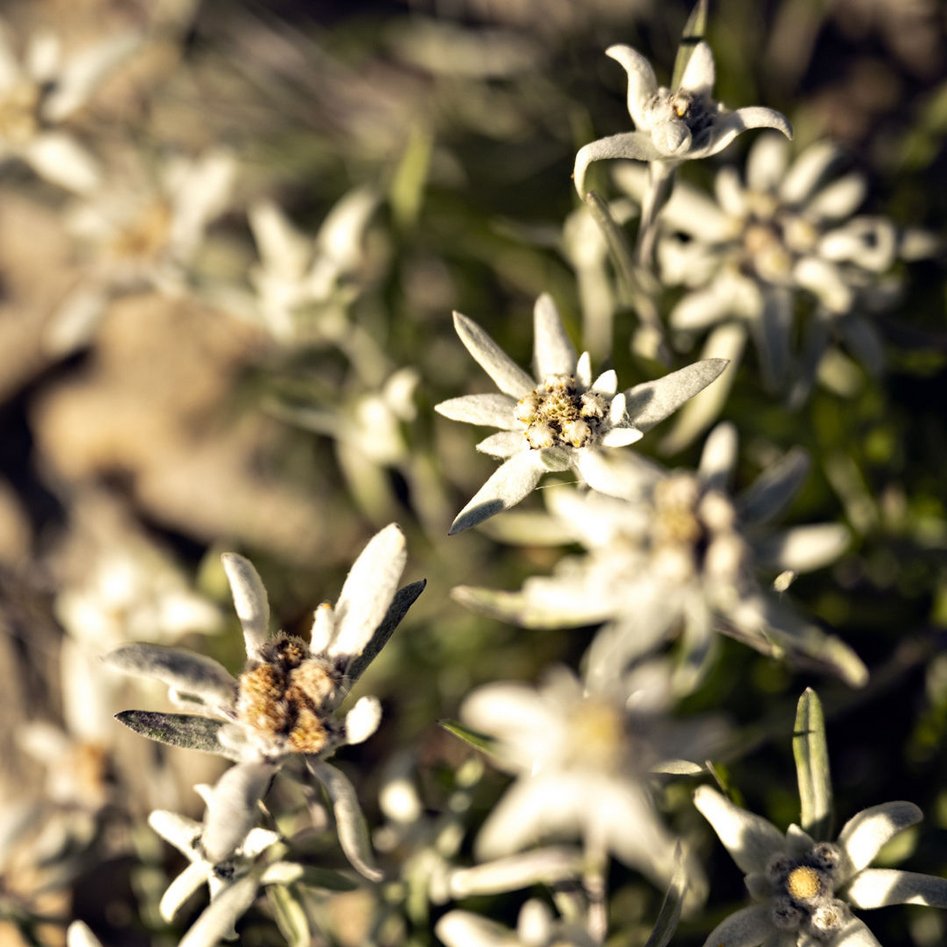
Live and let live at almost 2,000 metres up
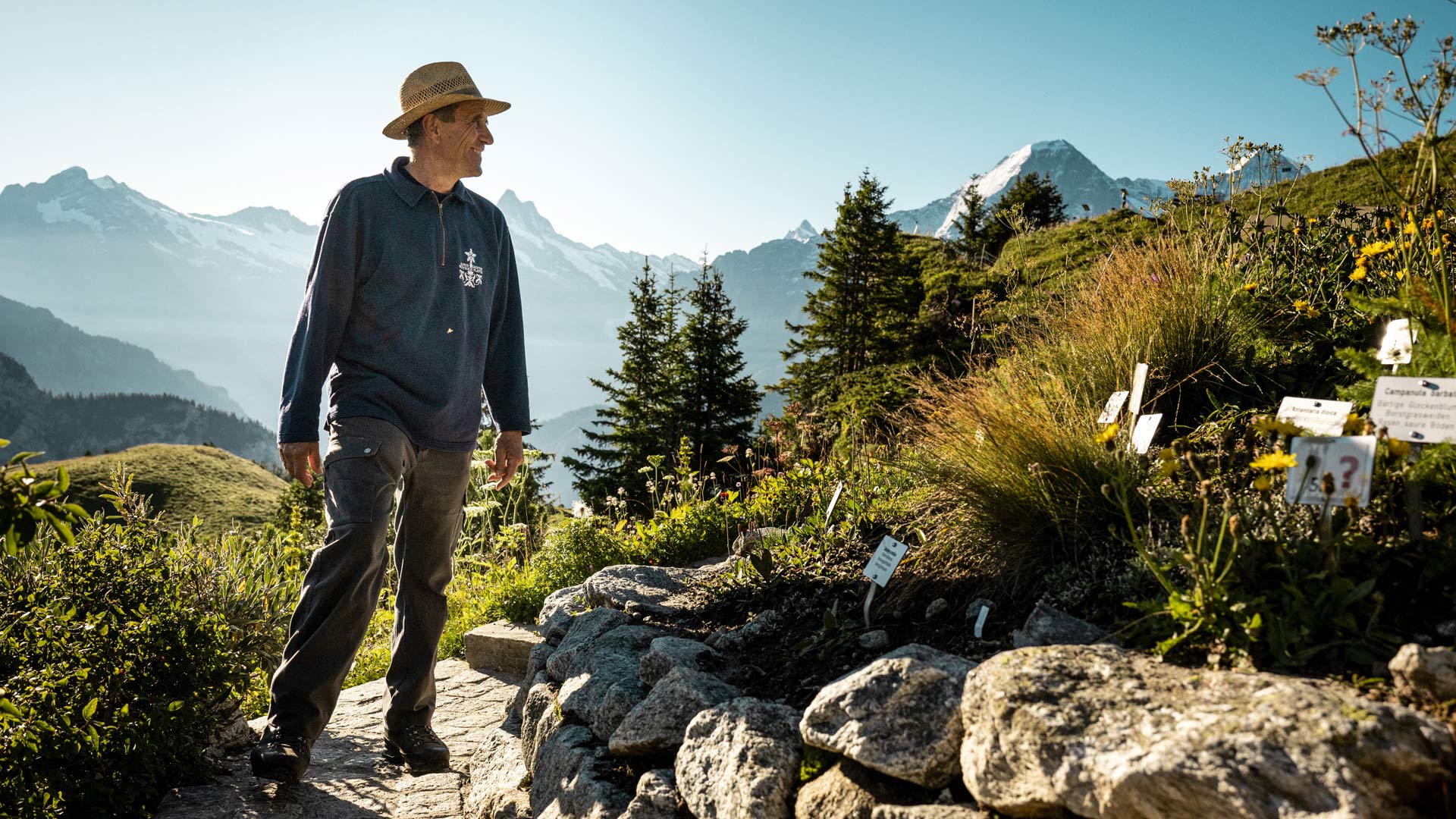
Medicinal plants
These plants don’t only look good: Many alpine plants have healing powers that are still put to use in traditional and conventional medicine to this day. The right dose is the key: plants like monkshood are poisonous, but beneficial in small, controlled doses. Most medicinal plants are aromatic herbs that develop their healing properties in the form of teas and distilled extracts. Examples of familiar medicinal plants with well-known active ingredients are St. John’s wort (anti-depression properties), the yellow gentian (for gastrointestinal complaints) and arnica, Paul Brunner’s favourite plant.
...
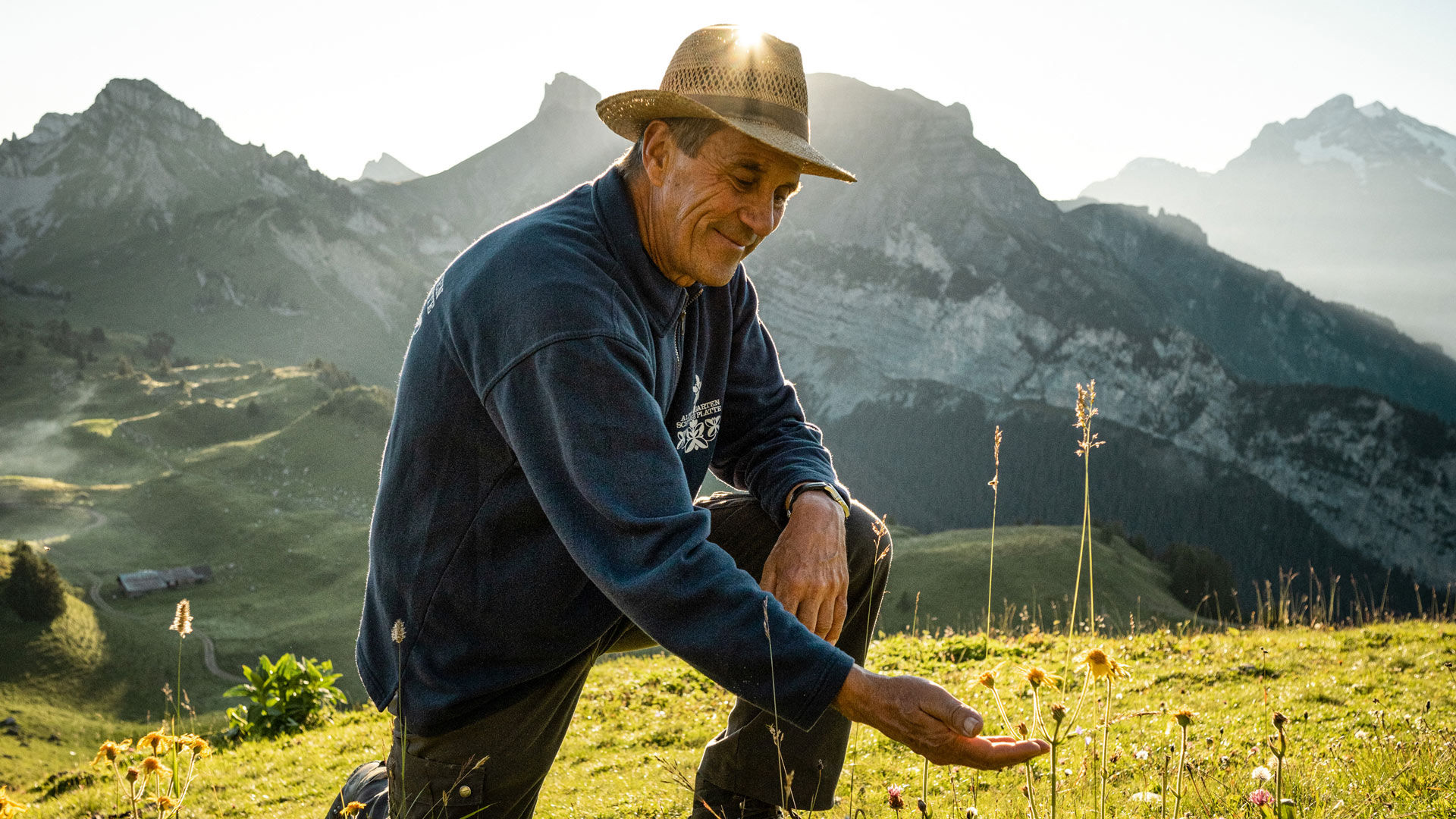
A medicinal plant with a host of curative powers
All beginnings are difficult
